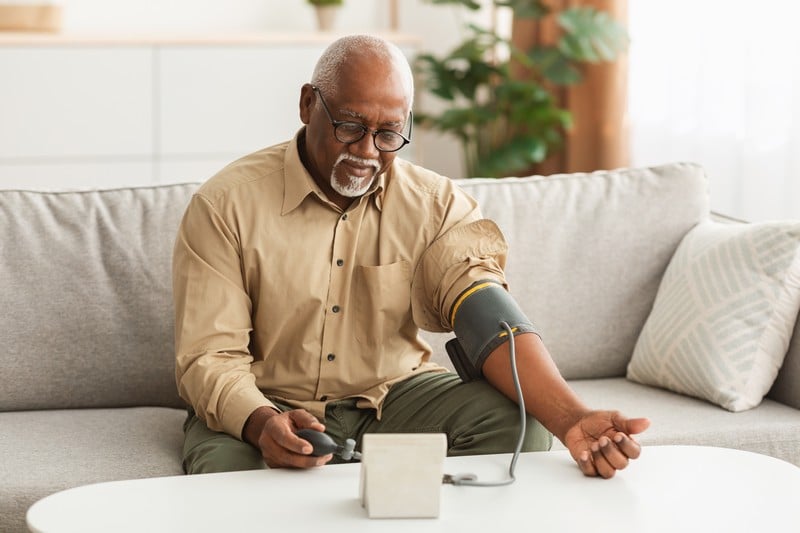High Blood Pressure

There is an age-independent association between the occurrence of benign prostatic hyperplasia symptoms and hypertension. This is because both conditions have a common pathophysiological factor, such as increased sympathetic activity. Hypertensive patients with enlarged prostates experience more storage symptoms, such as daytime urinary frequency, nocturia, and urge incontinence.
Patients with an enlarged prostate experience storage symptoms and are more likely to suffer from type-1 hypertension. Therefore, men with benign prostatic hyperplasia must control their blood pressure to prevent worsening storage symptoms.
Hypertension is a critical step in managing lower urinary tract symptoms associated with prostate gland enlargement. This is important as the population over 65 is rising, and the incidence of men with concomitant hypertension and enlarged prostates will also continuously increase. To reduce morbidity and mortality from both conditions, men with benign prostatic hyperplasia must treat high blood pressure using the proper prescription medication. Doctors usually skip prescribing alpha-1 blockers to manage hypertension with mild lower urinary tract symptoms. Instead, treatment should be focused on using the most appropriate drugs to solve these two conditions independently.










